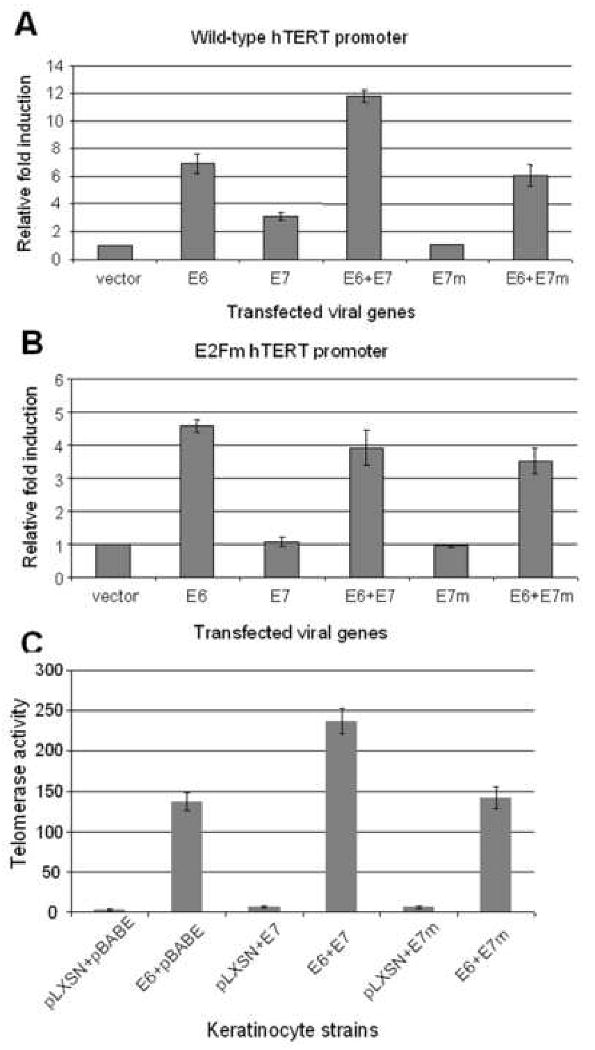Fig. 7. Augmentation of E6-induced hTERT expression and telomerase activity by E7 requires RB binding.

(A) Mutation of the E2F binding site in E7 abolishes the enhancement of hTERT transcription. Wild type and E2Fm promoters (expressing luciferase) were transfected into keratinocytes along with either, E6, E7 or an E7 mutant (E7m), which is unable to bind and degrade pRb. In contrast to wild-type E7, E7m failed to induce the core hTERT promoter and augment E6-induced promoter activity. (B) Neither wt E7 nor E7m induce the hTERT promoter containing an mutated E2F binding site. The mutated hTERT prompter (E2Fm) was transfected into keratinocytes with expression vectors described in panel A. The activity of vector control was set to 1. Both the wt and mutant E7 proteins were unable to induce the mutated hTERT promoter or augment E6-induced promoter activity. (C) Wild-type E7, but not E7m, augments E6-induced telomerase activity in HFKs. Primary HFKs were doubly transduced with two types of retroviruses as described in Materials and Methods. The cell strains were analyzed using a quantitative telomerase assay. Paralleling the results observed with transcription of the hTERT promoter (panel A), we observed that the E7m protein was unable to enhance E6-induced telomerase activity.
